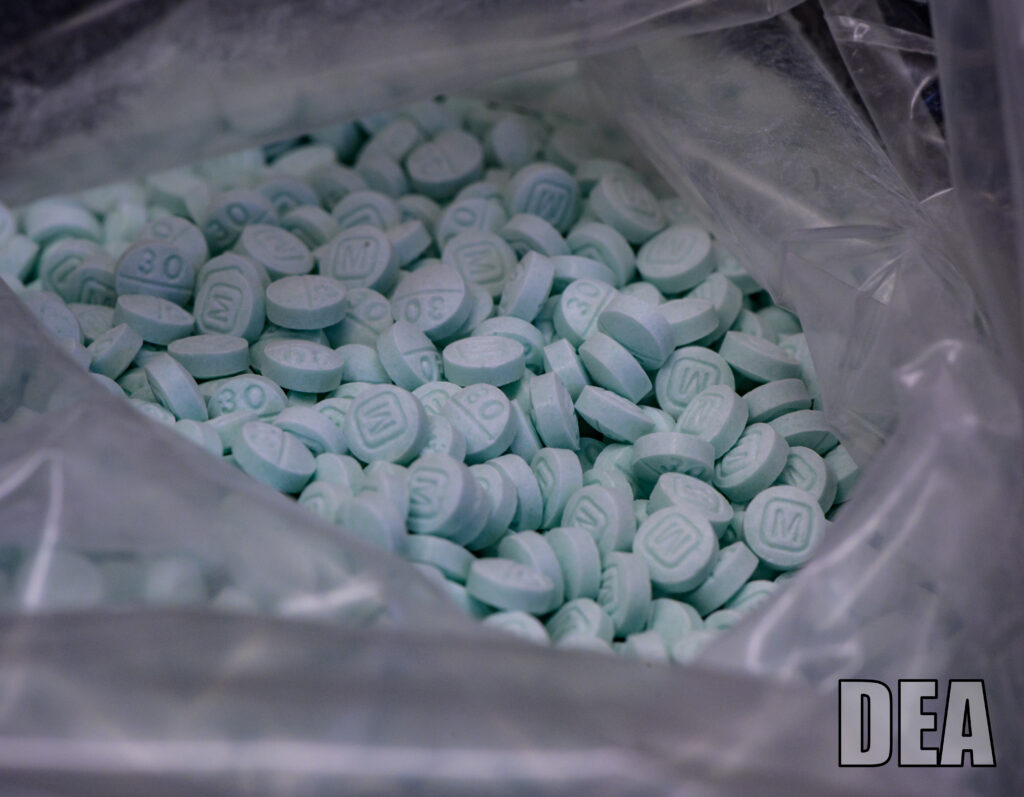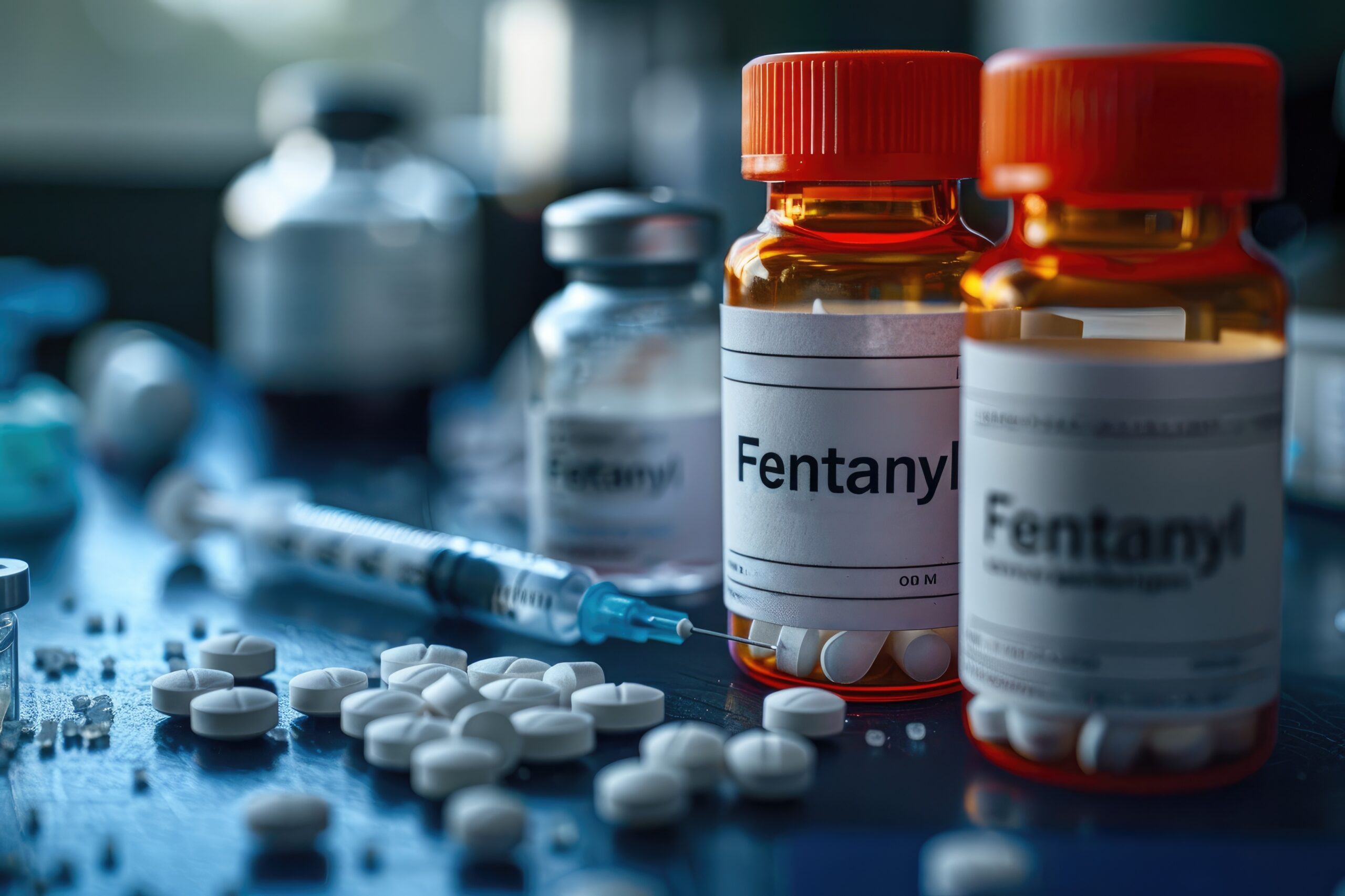Webinar: Fentanyl Drug Use: Prevention, Education, and Awareness
Synthetic opioids, like fentanyl, are the primary driver of overdose deaths in the United States, and studies show that young children are increasingly victims of the opioid epidemic.
People who are pregnant and misuse opioids (take them in higher doses or for longer than recommended by their healthcare providers) have an increased chance for pregnancy problems. Fentanyl can also get into breast milk.
And of course it’s important to always keep fentanyl and all prescription drugs out of children’s reach.
In a webinar hosted by LA Best Babies Network on November 12, 2024, Parent Coaches and others in our network of Welcome Baby hospitals and home visiting organizations learned about these issues and how they can help their clients stay safe. See the video recording below.

In the webinar, presenters Ruth Morales, Community Engagement Specialist at the Drug Enforcement Administration (DEA), and Maddie Ward, Director of Operations at End Overdose, discuss:
- Basic information on fentanyl
- DEA prevention resources and how to access them
- Basic information on what is an overdose and the signs
What is fentanyl?
- Potent synthetic opioid drug approved by the Food and Drug Administration (FDA) for use as an analgesic (pain relief) and anesthetic
- Approximately 100 times more potent than morphine and 50 times more potent than heroin
- Patients prescribed fentanyl should be monitored for potential misuse or abuse

2mg of fentanyl, the amount on the tip of this pencil,
can be enough to kill an average adult
Fake fentanyl pills
Illicit fentanyl is primarily manufactured in foreign labs and smuggled into the U.S. through Mexico. Fentanyl is being mixed in with other drugs and made to look like legitimate prescription opioids. These counterfeit pills often contain lethal doses of fentanyl because they do not undergo official review or quality control.
- Mexican drug cartels — Sinaloa Cartel and Cartel de Jalisco Nueva Generacion — are making fentanyl and pressing it into fake pills
- Made to look like OxyContin®, Xanax®, Adderall®, and other pharmaceuticals
- DEA lab testing reveals that seven out of every 10 fake pills with fentanyl contain a potentially lethal dose

Fentanyl is also made in a rainbow of colors so it looks like candy
Watch the webinar recording here, and see links to related resources below:
About the presenters
Ruth Morales has a Bachelor’s degree in Public Health Promotion from California State University Northridge and over 9 years of outreach experience serving the greater Los Angeles region in the field of substance abuse prevention. Before starting with DEA, she worked as a Program Coordinator and Health Educator at Tarzana Treatment Centers Inc., a substance abuse treatment facility, where she focused on alcohol and drug prevention programs for youth. In this position, she worked with city, county, and state representatives on prevention efforts. She assisted with DEA National Take Back, and hosted community coalition meetings with local stakeholders. In 2020, Morales began working with DEA as the Community Outreach Specialist with the DEA 360 program. During this timeframe, Morales functioned as the Division Outreach Coordinator and also supported various Diversion Control Group initiatives which included DEA’s National Take Back Day.
Maddie Ward graduated from the University of California, Los Angeles, with a Bachelor of Science in Cognitive Science specializing in computing, giving her a strong foundation in both technology and science. Her extensive background in service and community work reflects her deep commitment to uplifting her community through innovative solutions. As an undergraduate, Maddie co-founded and led the UCLA chapter of End Overdose for 2.5 years and previously served as End Overdose’s Programs Coordinator, driving numerous initiatives on her campus and in the greater Los Angeles community. Maddie was honored with the UCLA Chancellor’s Service Award, was a two-time finalist for the Charles E. Young Humanitarian Award, and was recognized as a BruinLife Senior of the Year for her campus service record.
Related resources
- DEA Los Angeles Field Division presentation slides
- End Overdose presentation slides
- Parents and Caregivers Resources (DEA)
- Naloxone Distribution Project (Department of Healthcare Services)
- Exposure to fentanyl in pregnancy and while breastfeeding (National Institutes of Health)
- About Opioid Use During Pregnancy (Centers for Disease Control and Prevention)
- Free Naloxone (Narcan) Clinics (LA County Library)
- Opioid Overdose Course (End Overdose)
- Preventing Pediatric Opioid Poisoning: Unusual Sources and Scenarios (Journal of Pediatrics)
- Young children are increasingly victims of opioid epidemic, study finds (CNN)
- Safely drop off or mail-back your unwanted medicine

